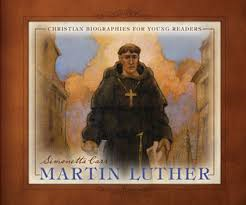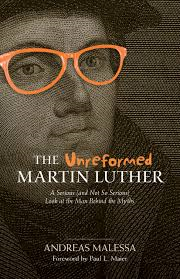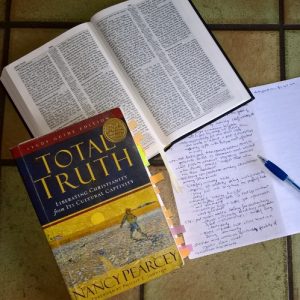Very few people have had as great an influence on western civilization as Martin Luther. Yet, it wasn’t Luther himself, and those who think only about the man miss so much. Nor was Luther aiming to change civilization or even the church—no, Luther was a person gripped by the search for God’s forgiveness, whose eventual joy and relief spilled out into the whole world as he sought to glorify God.
Now, five hundred years after the beginning of the Reformation, much is being written about Luther and some of it misses the point, but Simonetta Carr’s excellent Martin Luther balances history, theology, and faith.
Beginning with young Luther’s home life and extensive schooling, Carr emphasizes his struggles to find peace with God. Whether studying, confessing his sins, exceeding the monastery’s rules, teaching, or caring for the people in his charge, Luther was always concerned about God’s anger against sin. When Pope Leo X tried to raise money by selling forgiveness, Luther objected, first in sermons and then in writing. Unexpectedly, his scholarly protests were translated into German and his Ninety-Five Theses spread through Europe like wildfire, beginning the Reformation.
Carr’s beautifully illustrated book takes us from this event 500 years ago, through Luther’s struggles with the pope and the emperor, his kidnapping, Bible translation work, family life, and death. She sums up her biography with these words, “While many others attacked the abuse and corruption of the church and of the pope, Luther went to the root of the problem, which is in man’s sinful heart, a problem that only God can solve.”
As always in the Christian Biographies for Young People series, Carr includes a timeline, various historical tidbits, and some of Luther’s writings. And, as expected, this well-researched, carefully written, and carefully explained story melds theology and biography into one of the best introductions to Luther’s life and times.
Written for ages 7-12 but full enough of information, ideas, and illustrations to captivate teens and adults as well, Simonetta Carr’s Martin Luther is essential for your homeschool church history and history classes. Because of Luther’s incredible impact on both civilization and religion, this excellent introduction to his life, beliefs, and legacy should be in all home, church, school, and public libraries, and I urge you to ensure that happens in your community.
—
2017 is the 500th anniversary of Luther’s Ninety-Five Theses, so a plethora of books is being published about him, and I am blessed to be able to review several of them. This one is probably the best introduction to his life, times, theology, and influence.
If you enjoyed this article, you might want to follow me on Google+ where I often mention helpful or interesting ideas, or connect with me on GoodReads where I share what I read.
Disclosure: I received a review copy from Reformation Heritage Books.
This article may be linked to Finishing Strong ,Raising Homemakers, Saturday Reviews, Booknificent Thursdays.






